Maternity is by far one of the hardest topics in nursing. It takes a lot of review to really understand the terms that belong to this study category. We compiled 48 memes to help ease your way through! Don’t forget to share!
1. Bethamethasone is given to avoid respiratory distress syndrome in the unborn infant.
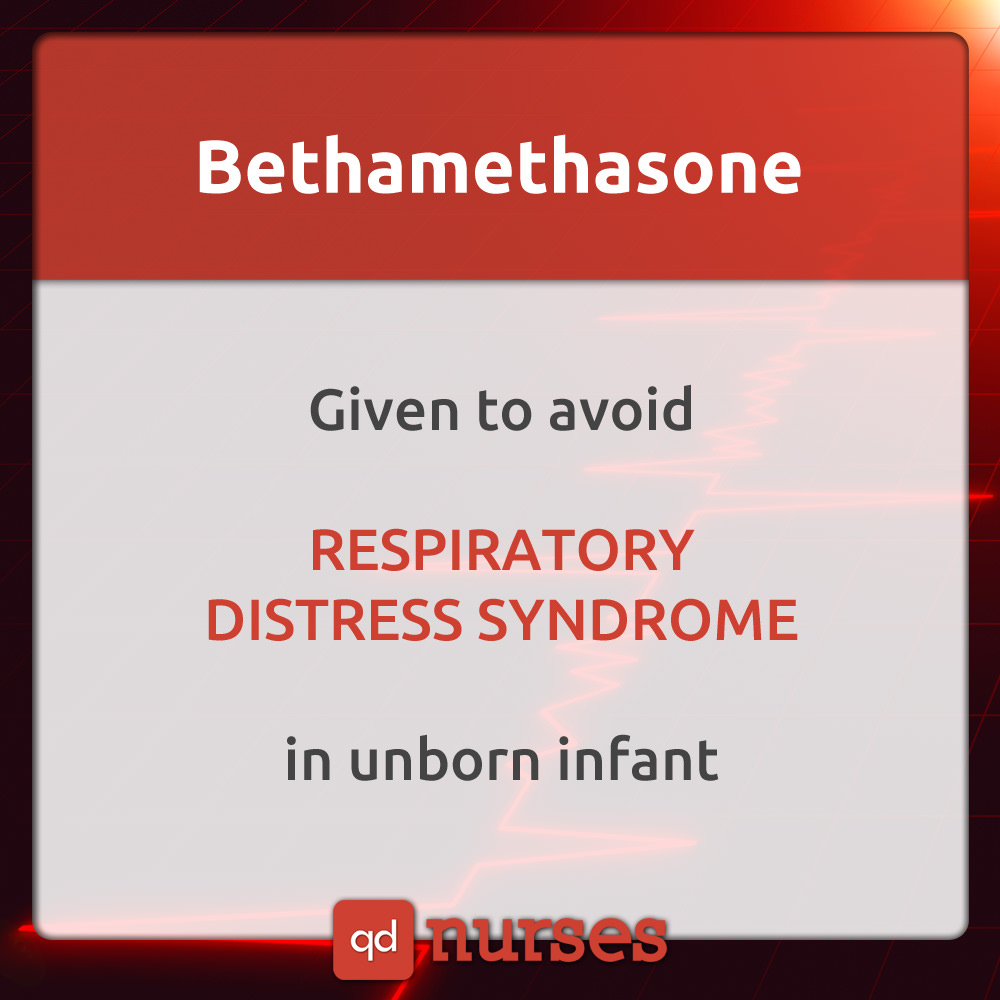
2. Bethamethasone is administered 48-72 hours before delivery to augment surfactant production if the fetus is greater than 32 weeks.

3. Bartholin’s cyst is an obstructed Bartholin’s duct, which resulted in an abscess.
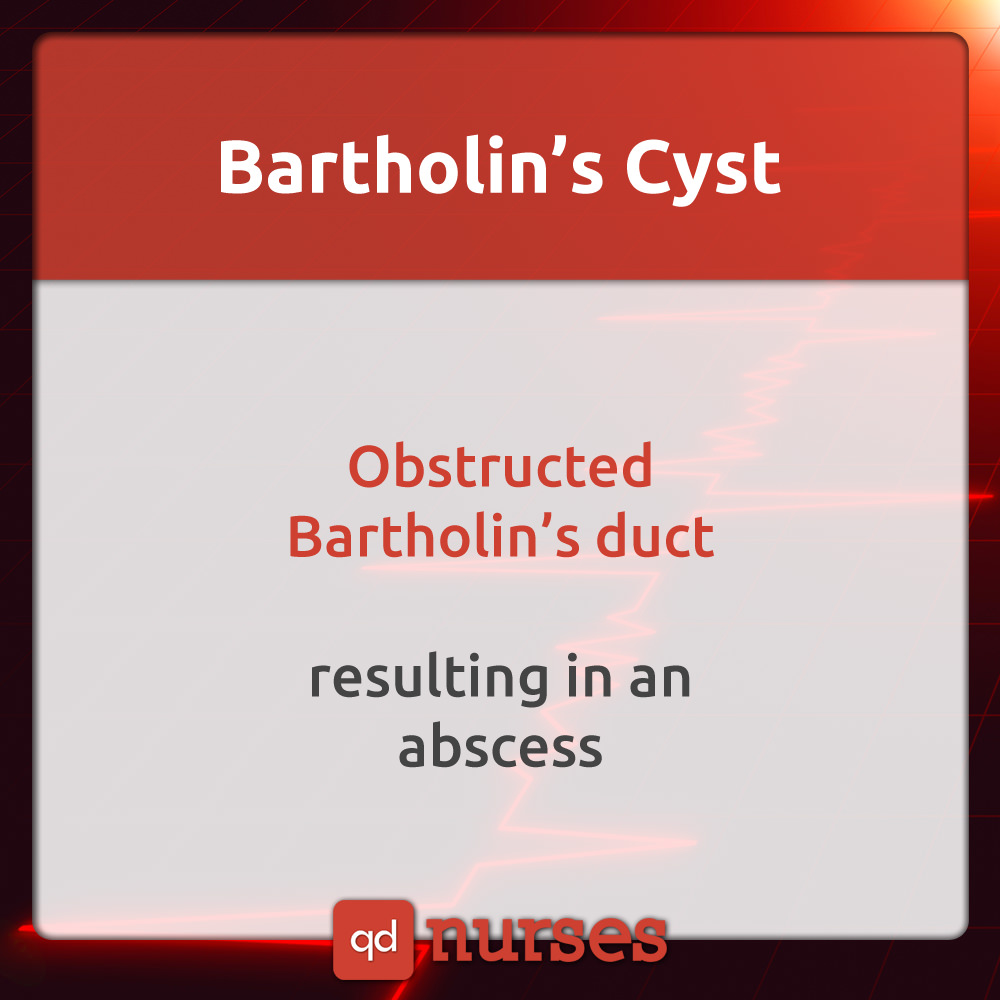
4. The gestational age amniocentesis is performed is between 16 to 18 weeks.
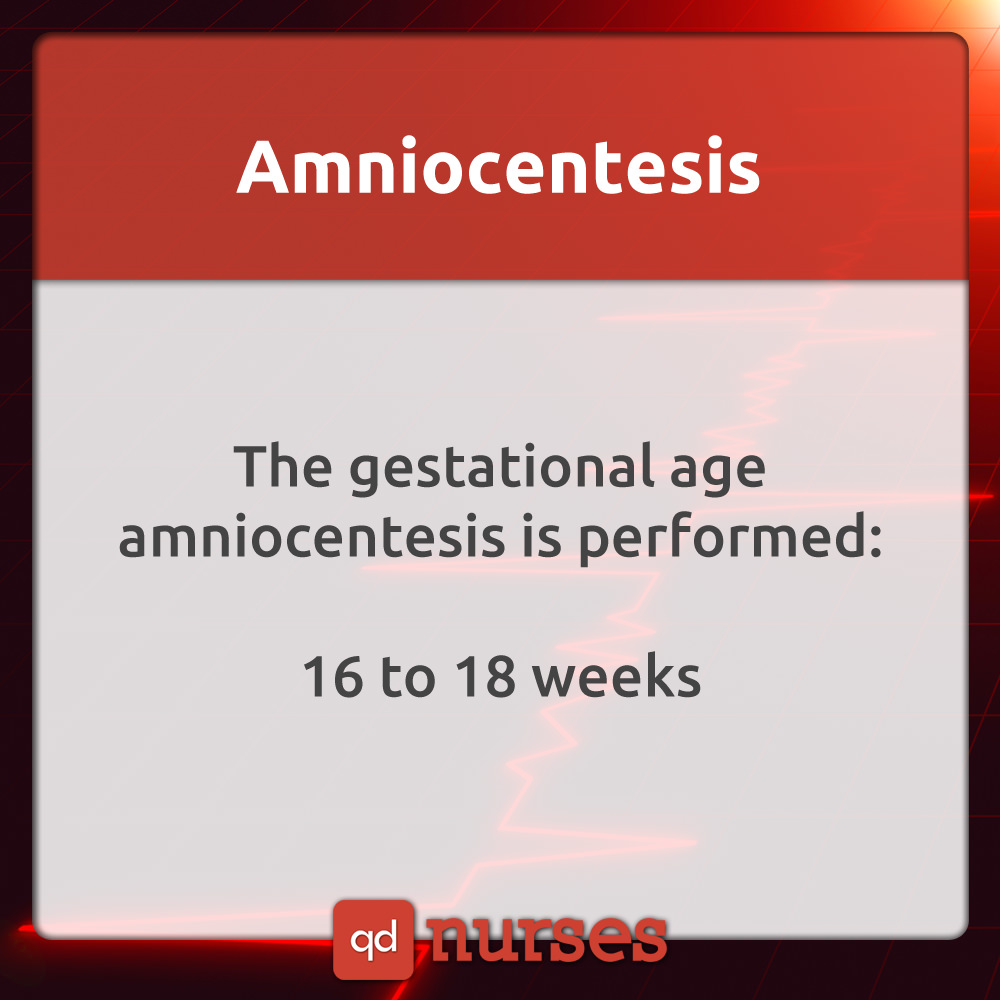
5. The signs and symptoms of abruptio placentae are vaginal bleeding, abdominal pain, tetanic uterine contractions, uterine irritability, and fetal death.
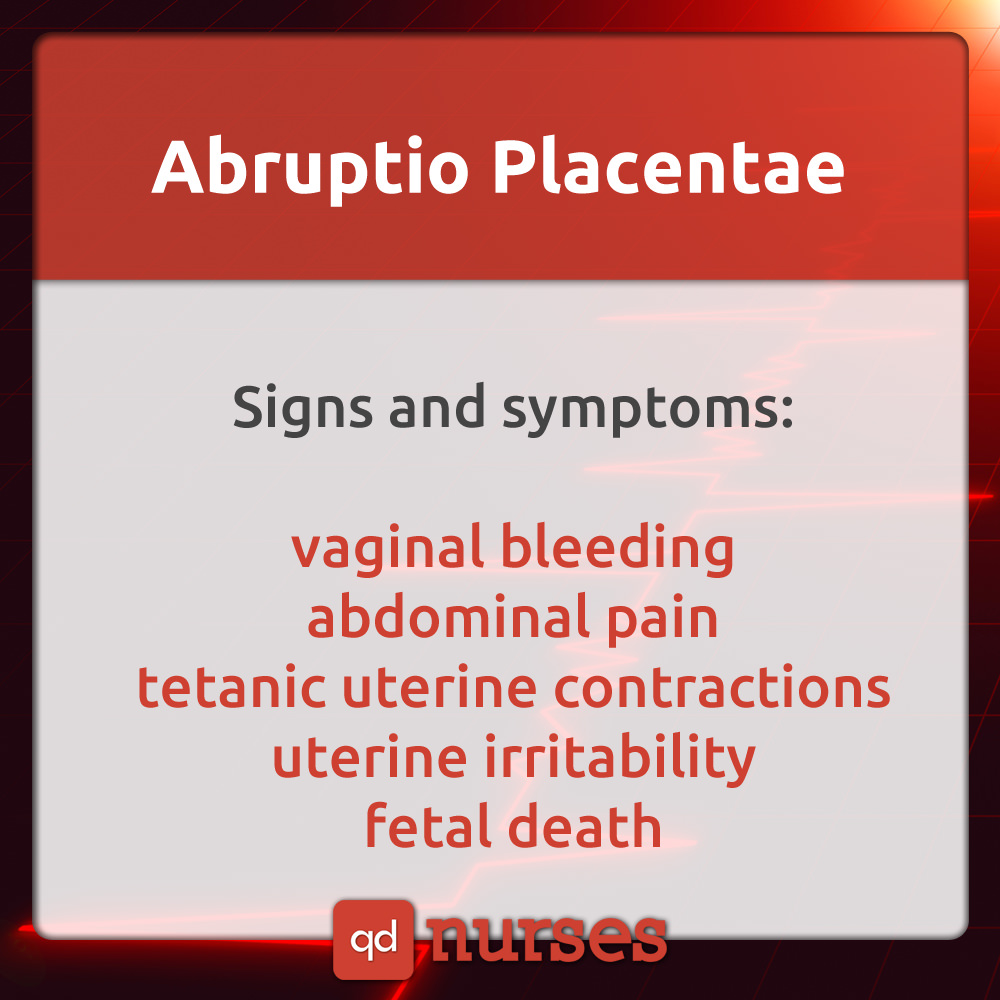
6. B-hCG levels can be detected two to three days after implantation and it doubles every 48 hours.

7. Medications contraindicated in breast-feeding mothers are tetracycline, warfarin, and chloramphenicol. If you can’t remember the order, you can switch the medications around and do T.C.W.
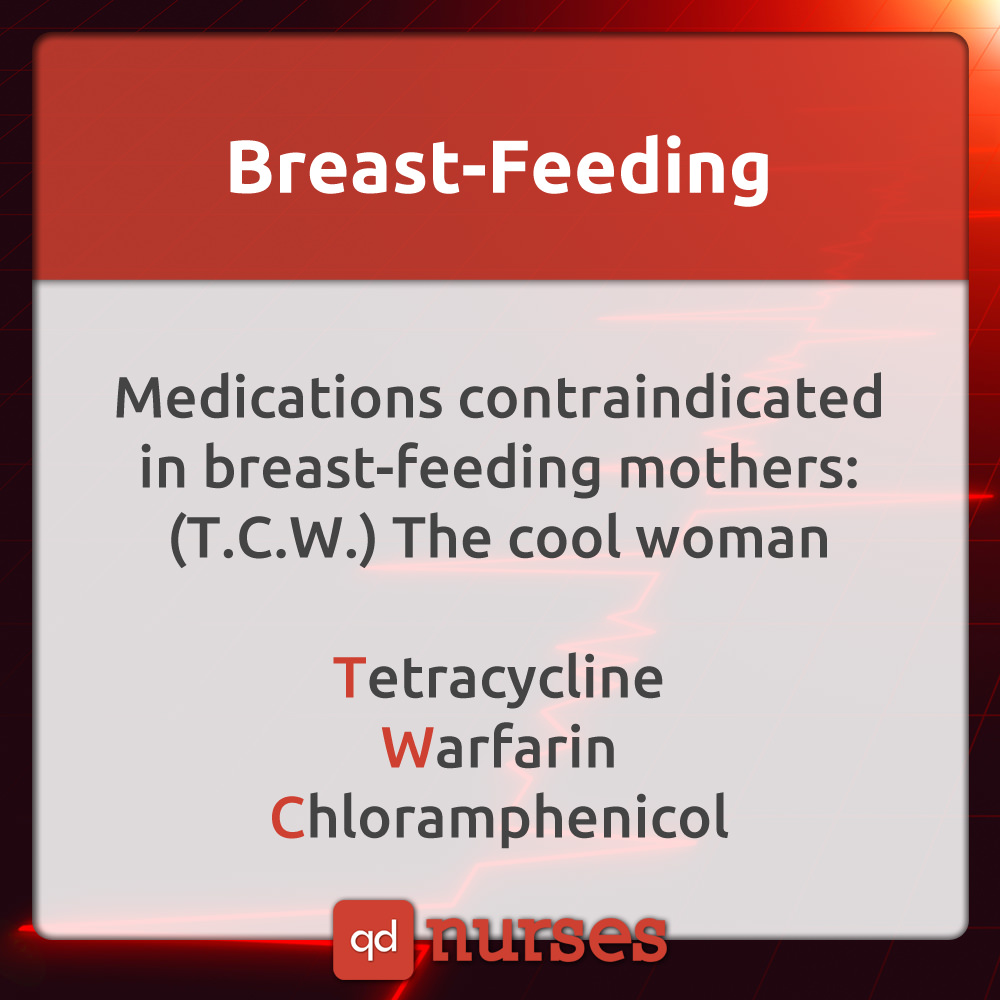
8. Lung cancer is the most common cause of cancer in women. Breast cancer is the second most common cause of cancer in women. Colorectal cancer is third most common cause of cancer in women.

9. Spontaneous abortion is presented with pain followed by bleeding. Spontaneous abortion can occur at the gestational age of eight to nine weeks.
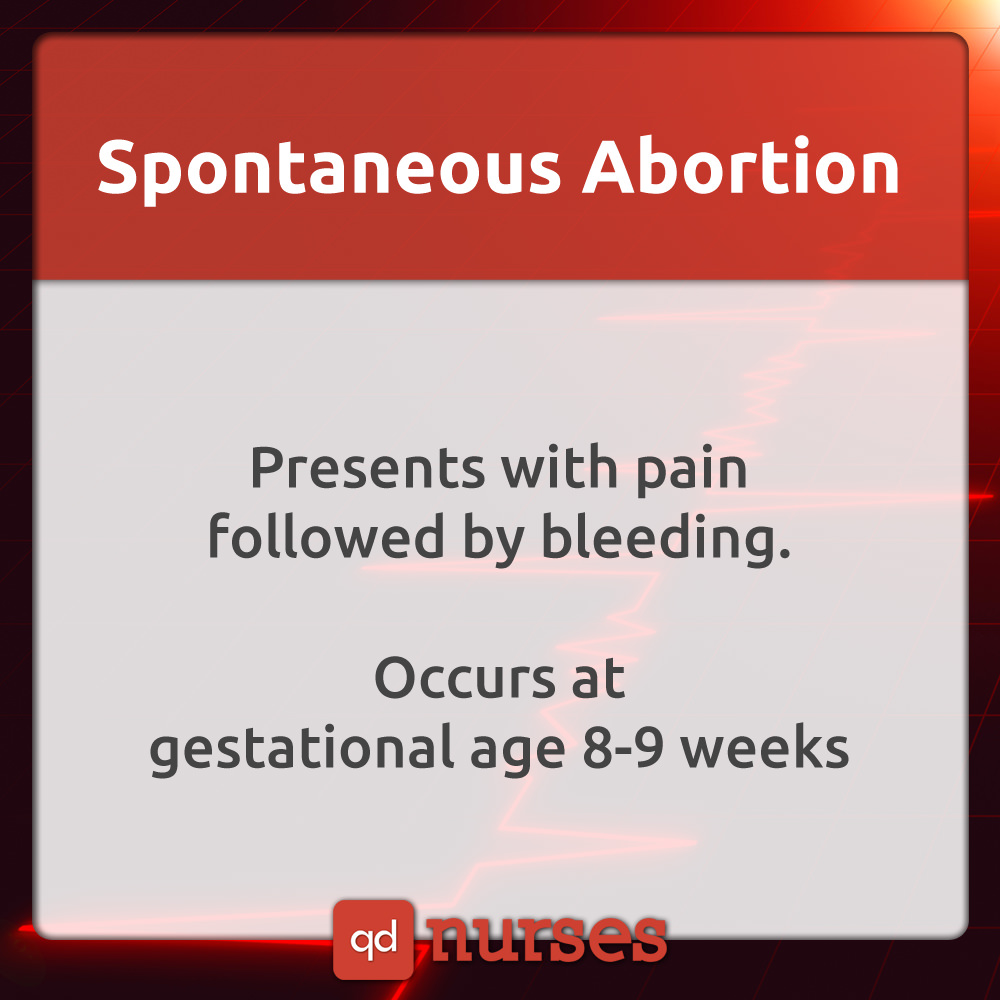
10. Most common cause of spontaneous abortion is chromosomal abnormality.
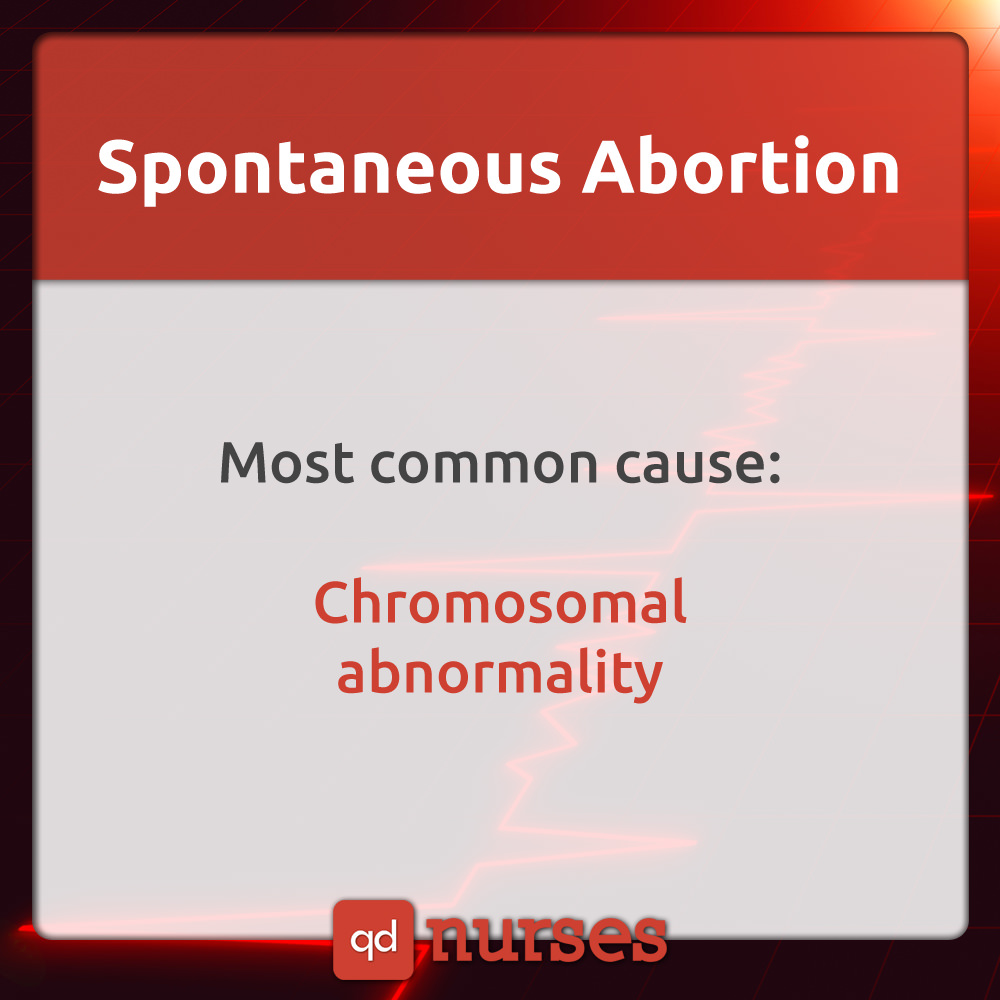
11. Metrorrhagia, also known as hypermenorrhea, is bleeding between menstrual periods.
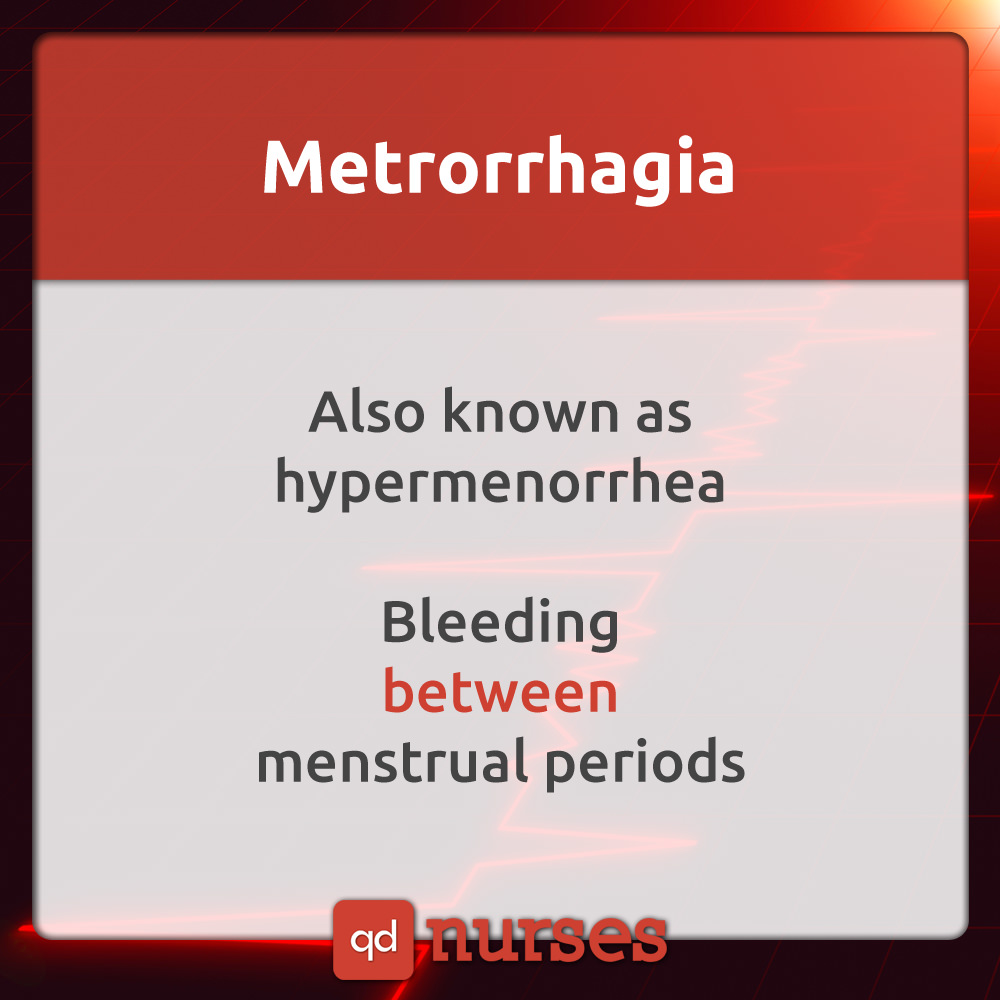
12. Menorrhagia is abnormally heavy bleeding during menstruation.
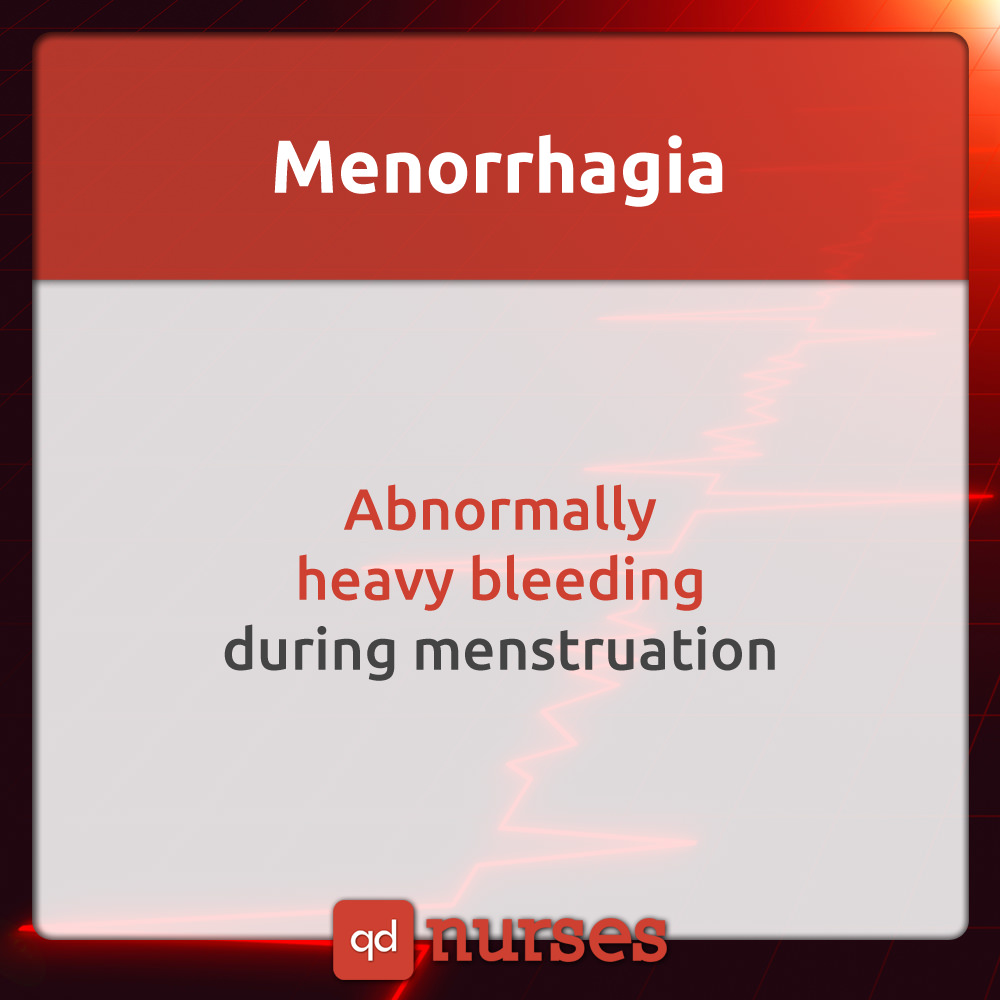
13. Menometrorrhagia is excessive amount of blood that occurs irregularly and more frequently than normal.
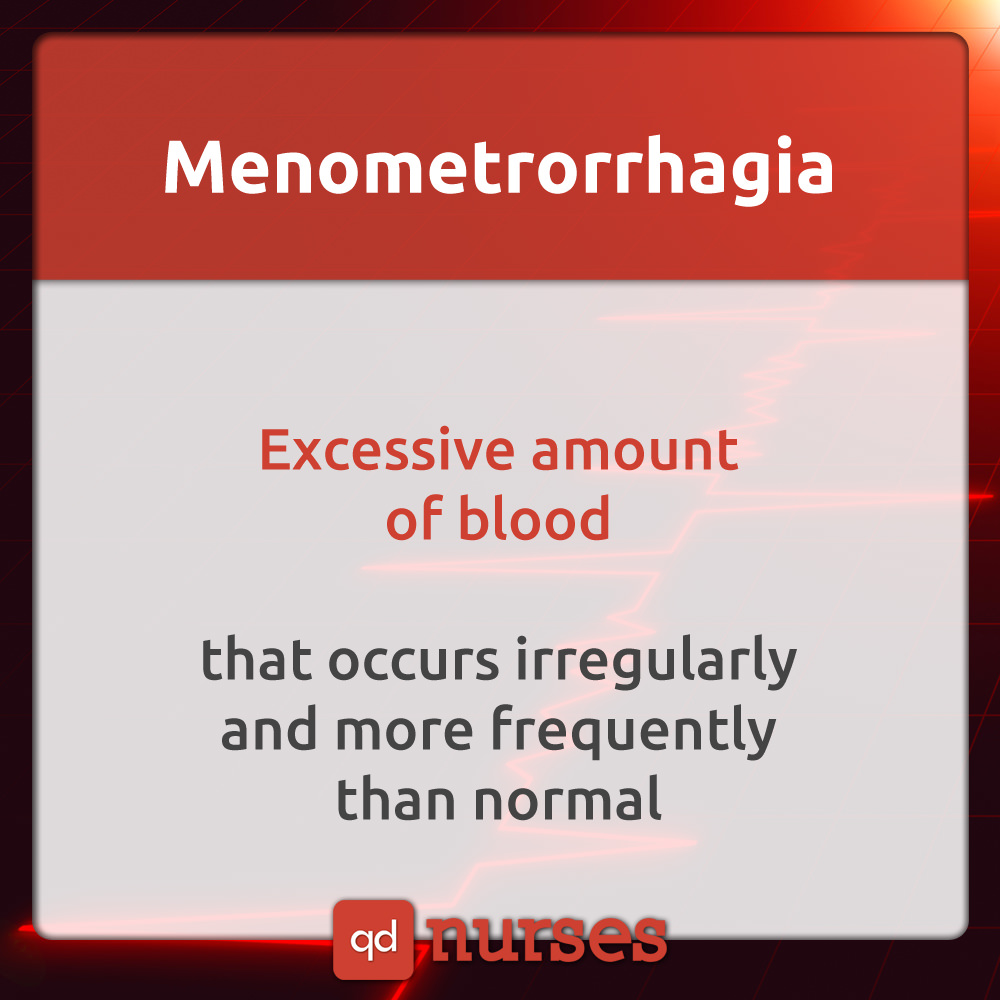
14. Hypermenorrhea is menstrual period greater than 35 days apart.
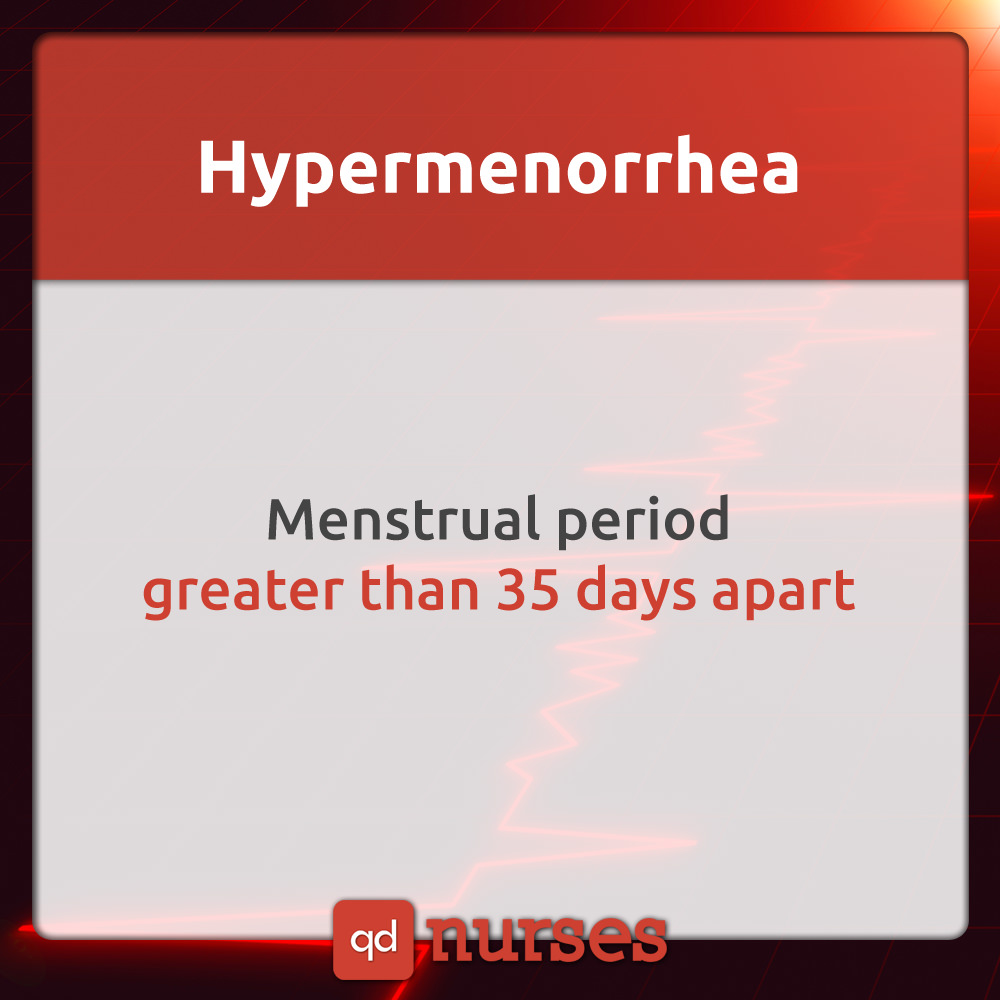
15. Polymenorrhea is menstrual period less than 21 days apart.
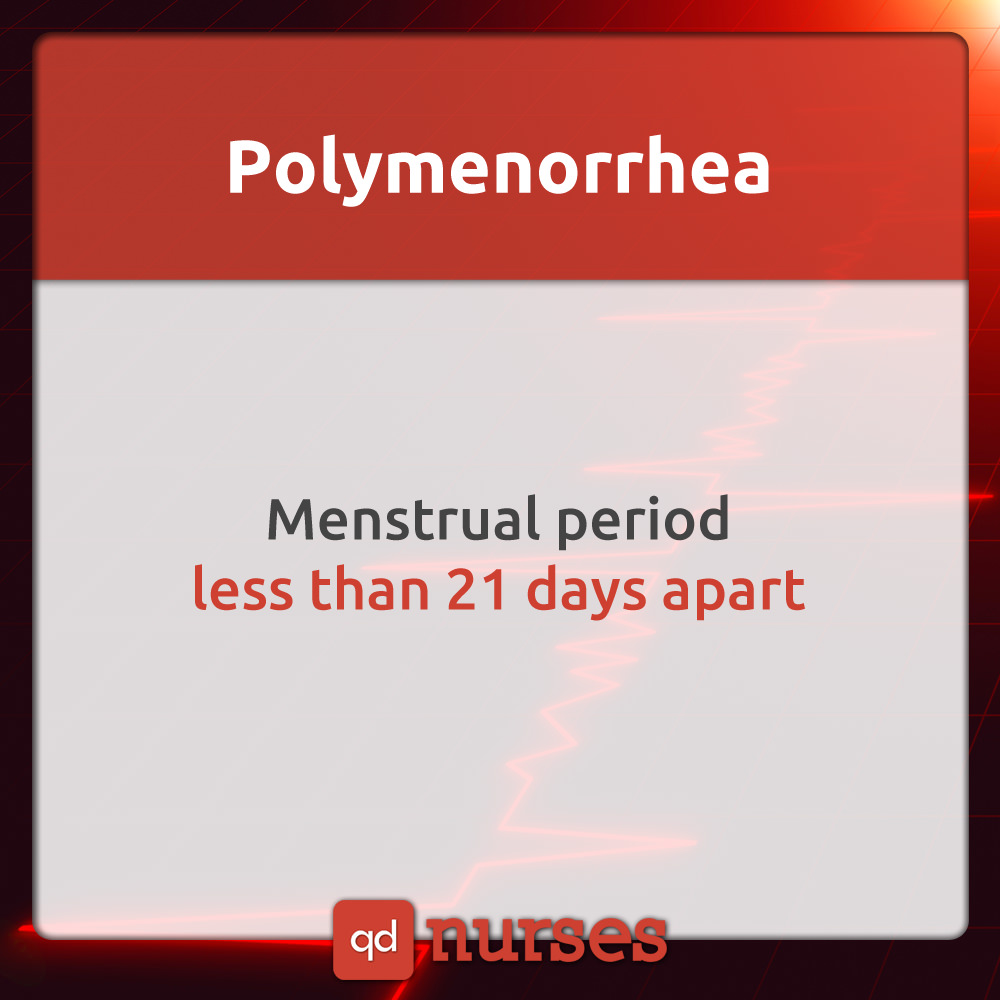
16. Doppler can detect fetal heart tones by the twelfth week of gestation.
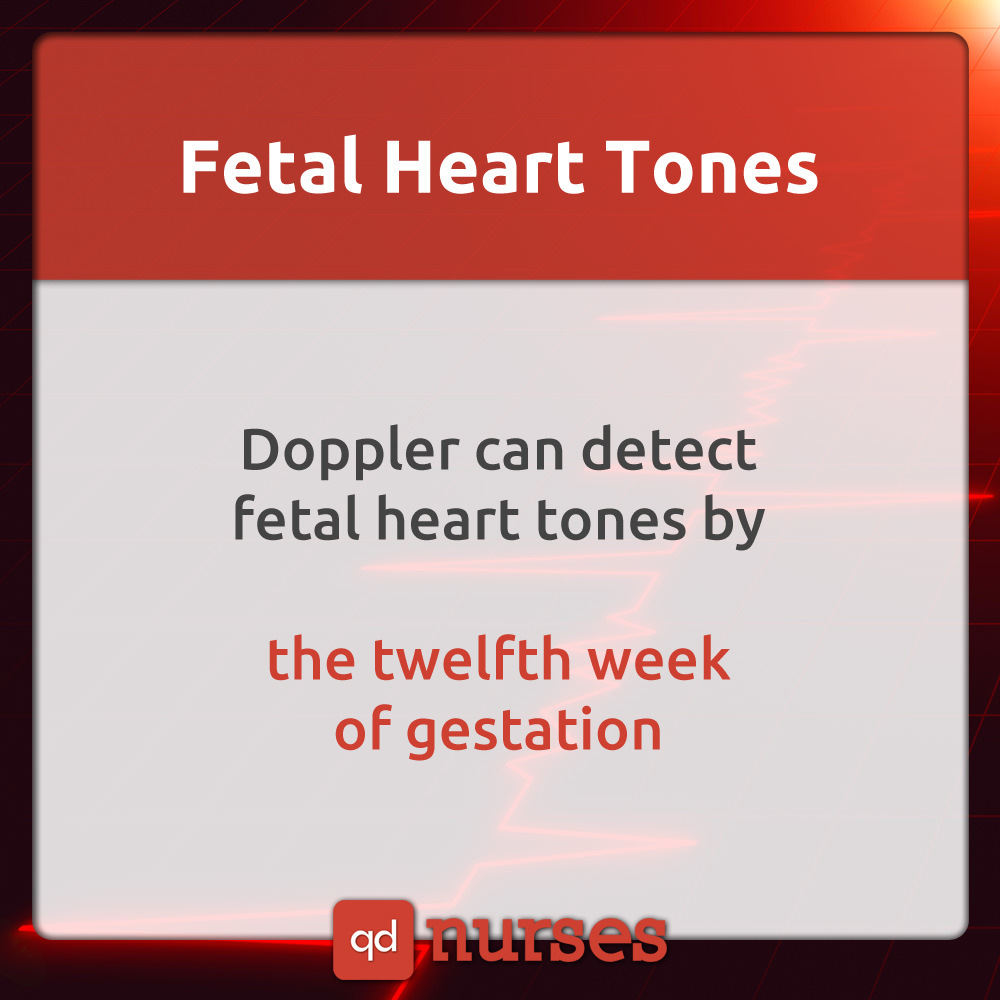
17. Fetal movement can be felt by the mother between the 16th to 20th week of gestation.
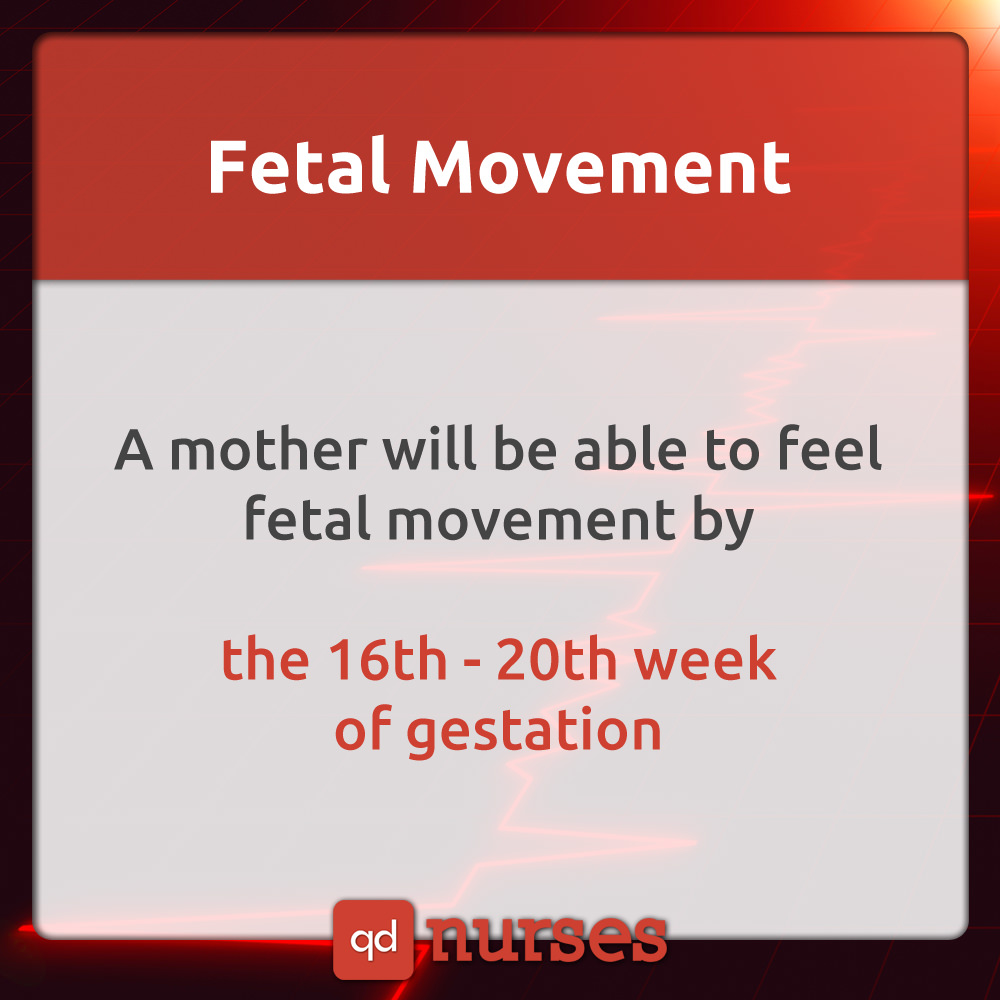
18. If the ratio of lecithin to sphingomyelin is over 2, then the fetal lungs are mature. L/S ratio is what is used to assess lung maturity.
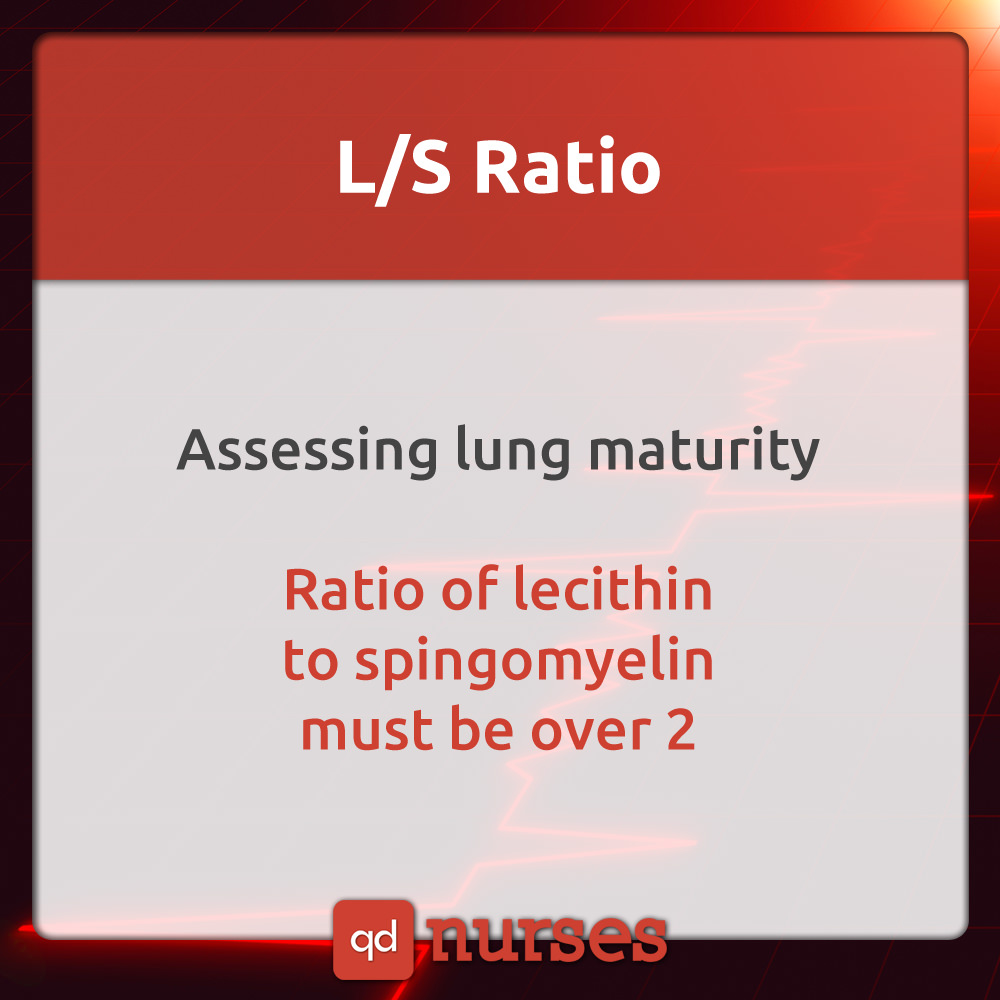
19. The most common cause of mastitis is staphylococcus aureus. It is most often seen three to four weeks postpartum. It is rarely seen right after labor.
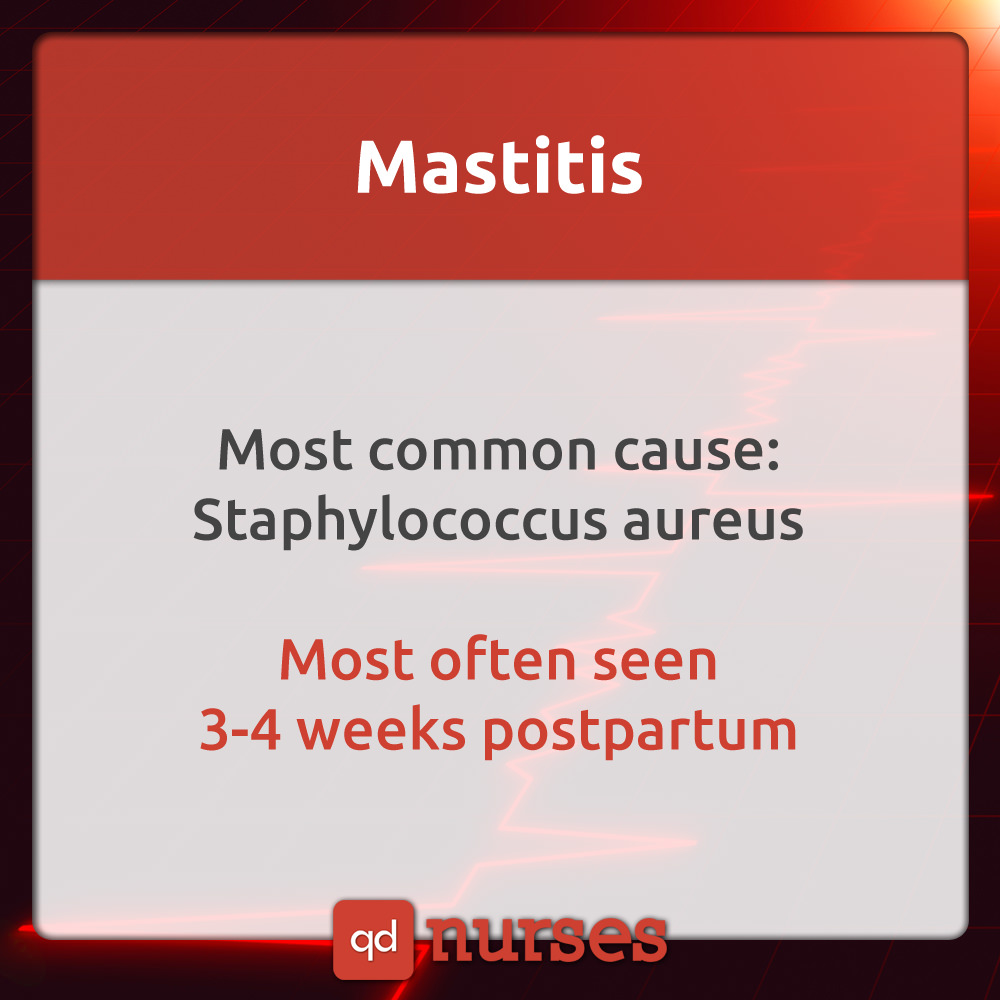
20. It is normal to hear a systolic murmur upon assessment in over 90% of pregnant women.

21. Do not ever give smallpox, measles, mumps, rubella, or varicella vaccinations to a pregnant woman.
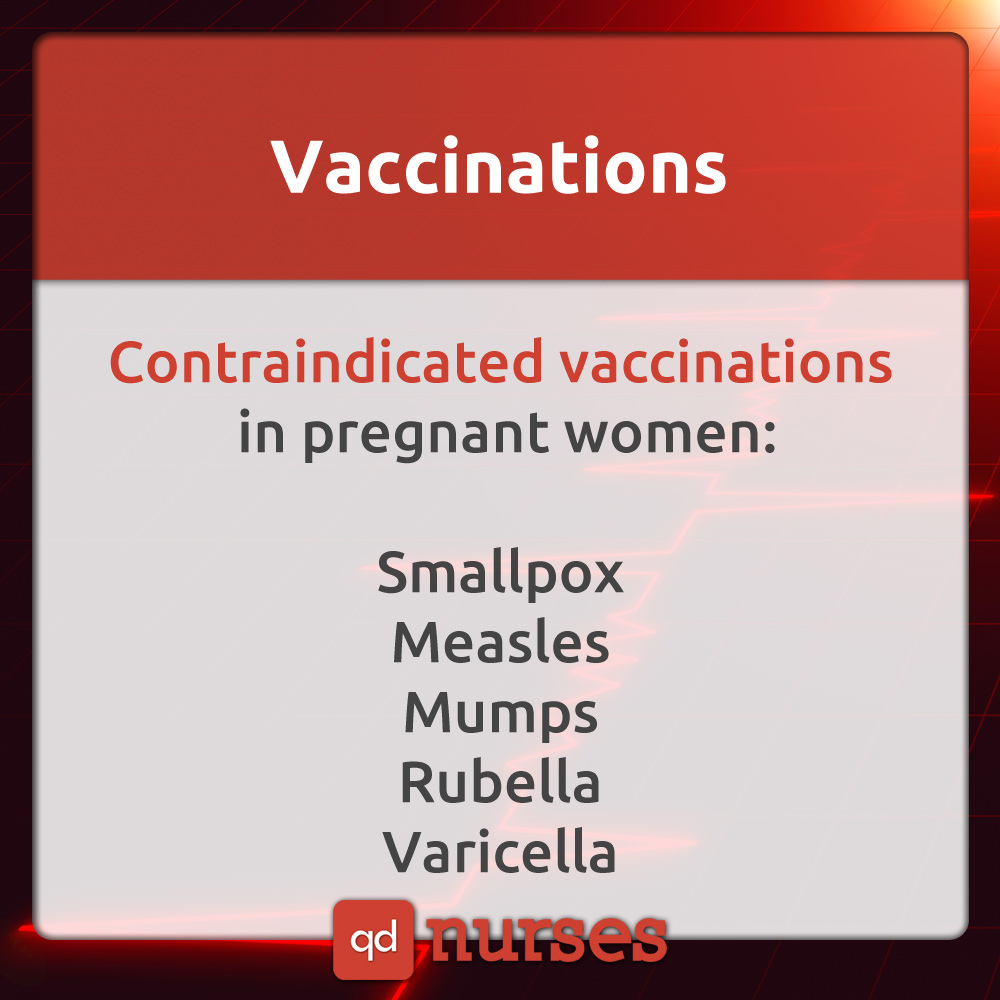
22. Rh immunoglobulin should be given to mothers who result as Rh negative.
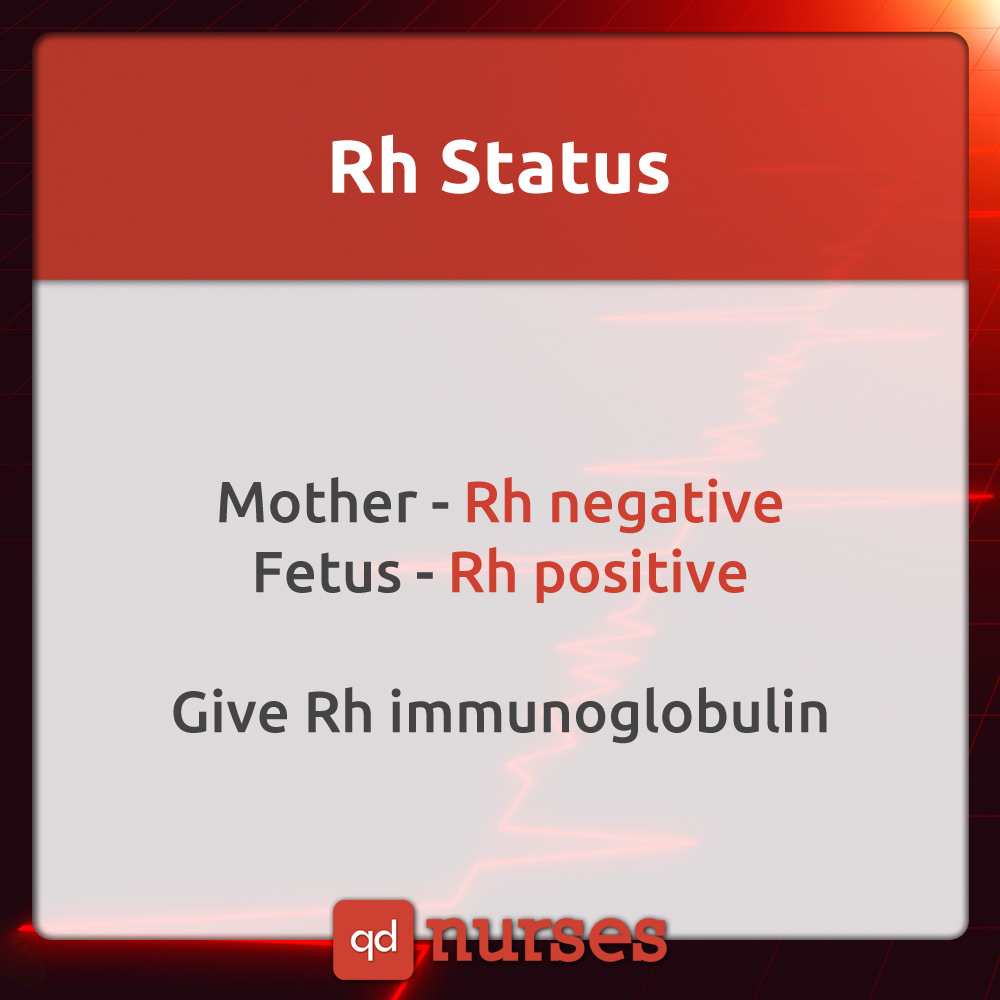
23. Give RhoGAM to a mother that is Rh negative at 28 weeks or when bleeding occurs.

24. The cause of variable decelerations is transient umbilical cord compression.

25. The most common breech position is frank breech.

26. Remember the fetal heart rate patterns with veal chop. Variable decelerations is associated with cord compression. The first intervention is to reposition the patient. Early deceleration is caused by head compression.The fetus is moving down in the birth canal and causes vagal stimulation due to head compression. Continue to monitor the patient since it does not cause harm to the patient. If the fetus is not descending further, call the doctor. Accelerations is ok and is not a problem. Late deceleration is a problem and is caused by placental insufficiency. It is never ok to be late to anything right? So know what to do when late decelerations occur. Check meme below for interventions.
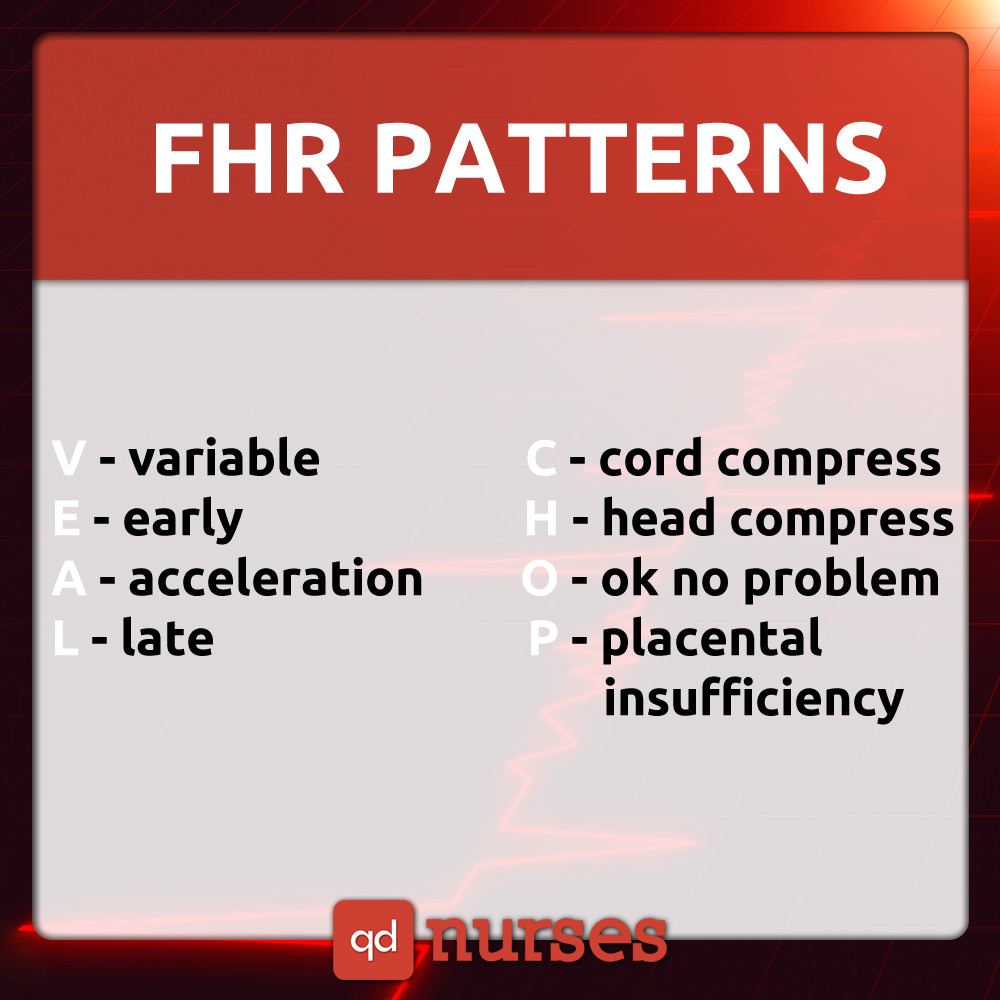
27. Late decelerations is caused by placental insufficiency. Interventions are to turn the patient to the left side, administer oxygen, increase IV fluid, turn off oxytocin, and call the doctor.
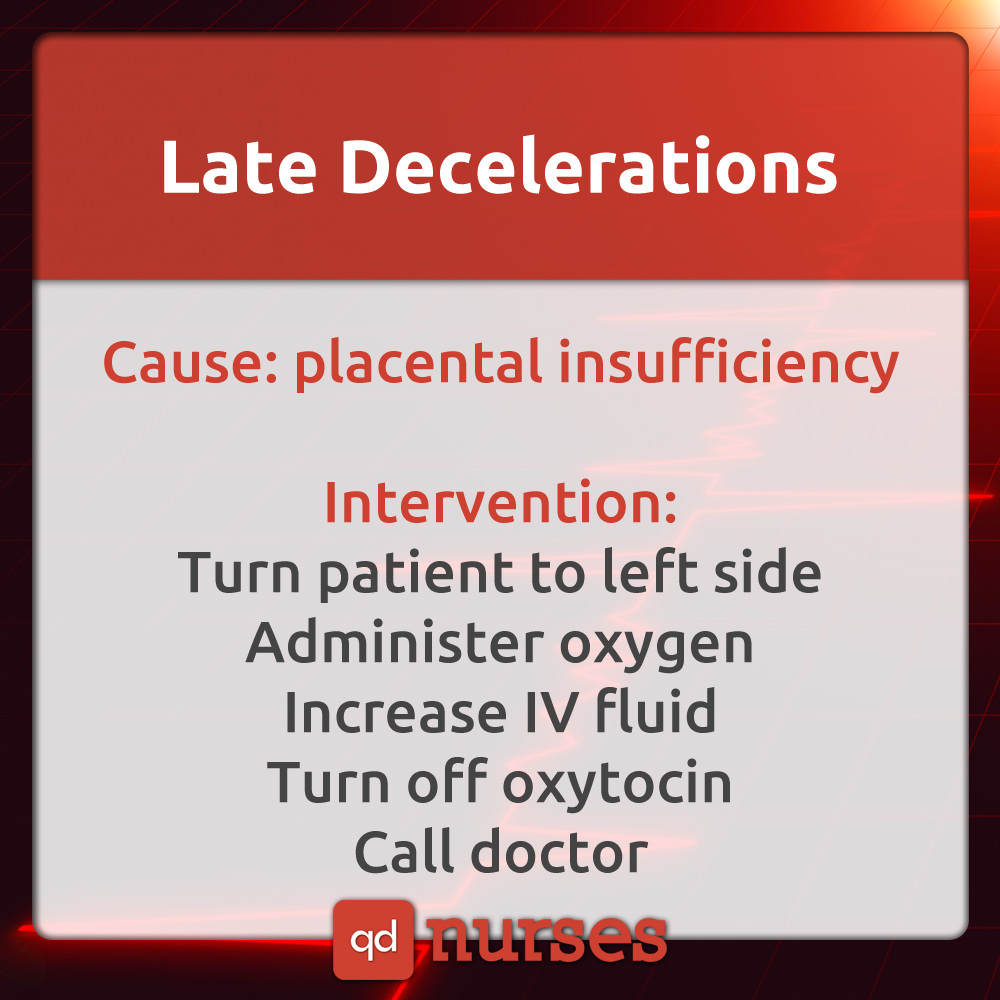
28. Infants who are born with HIV positive blood will develop AIDS within two to four months.

29. Lightening is when the fetus descend in to the pelvis one to two weeks before delivery time.

30. An epidural anesthesia is the treatment for maternal hypotension. Stop pitocin right away, turn patient to the left side, administer oxygen, and push IV fluids if hypovolemia is present.
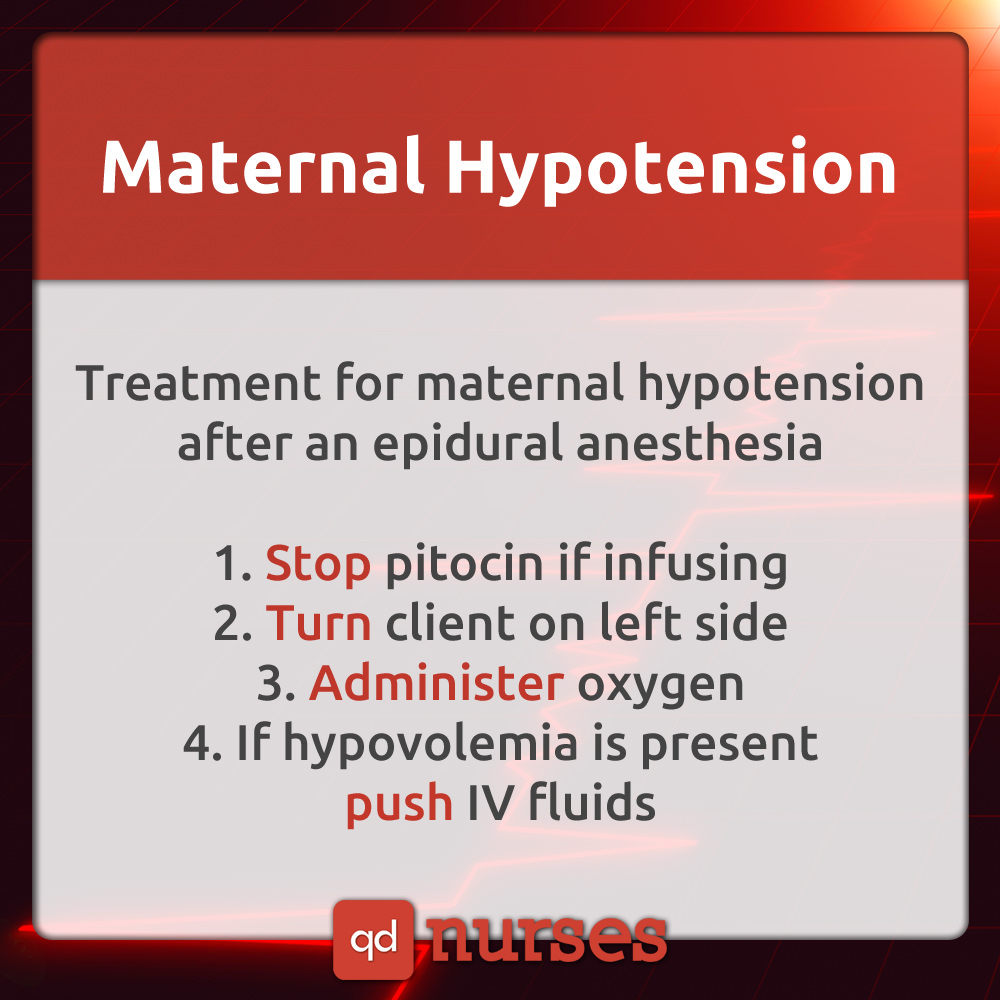
31. Signs and symptoms of pre-eclampsia include proteinuria, rising blood pressure, and edema.
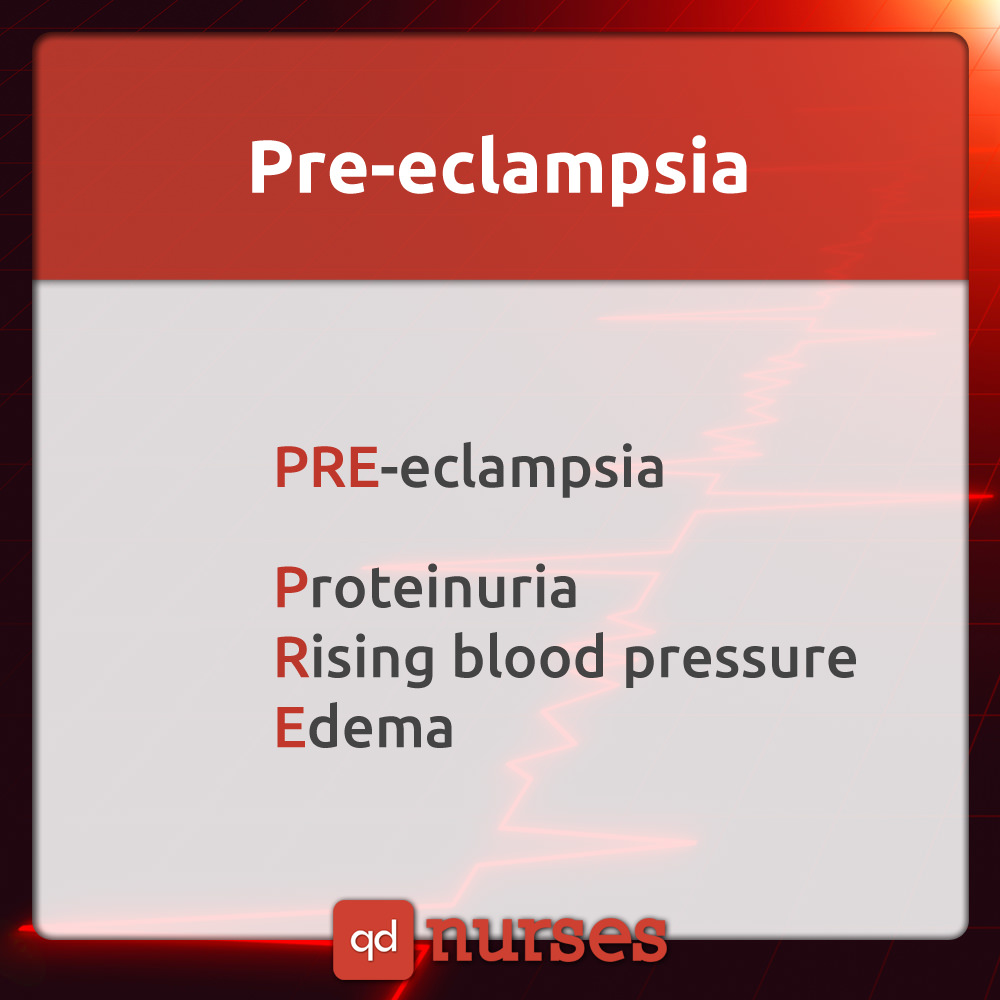
32. Intervention for prolapsed cord includes covering the cord with sterile saline gauze in order to prevent drying of the cord and to minimize chance of infection.
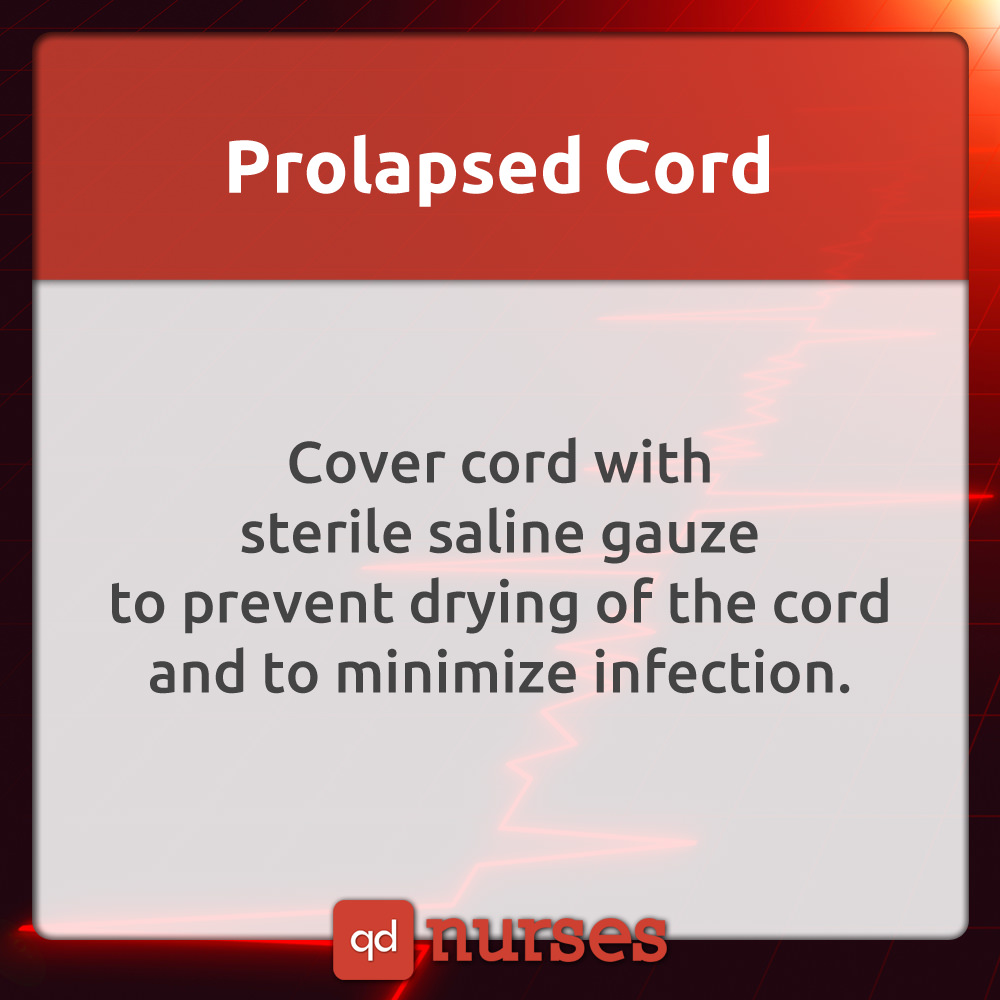
33. The asymmetric tonic neck reflex disappears around the age of three months. When the face is turned to one side, the arm and the leg will extend to that side, the other arm will be flexed. The position looks like a fighting position.
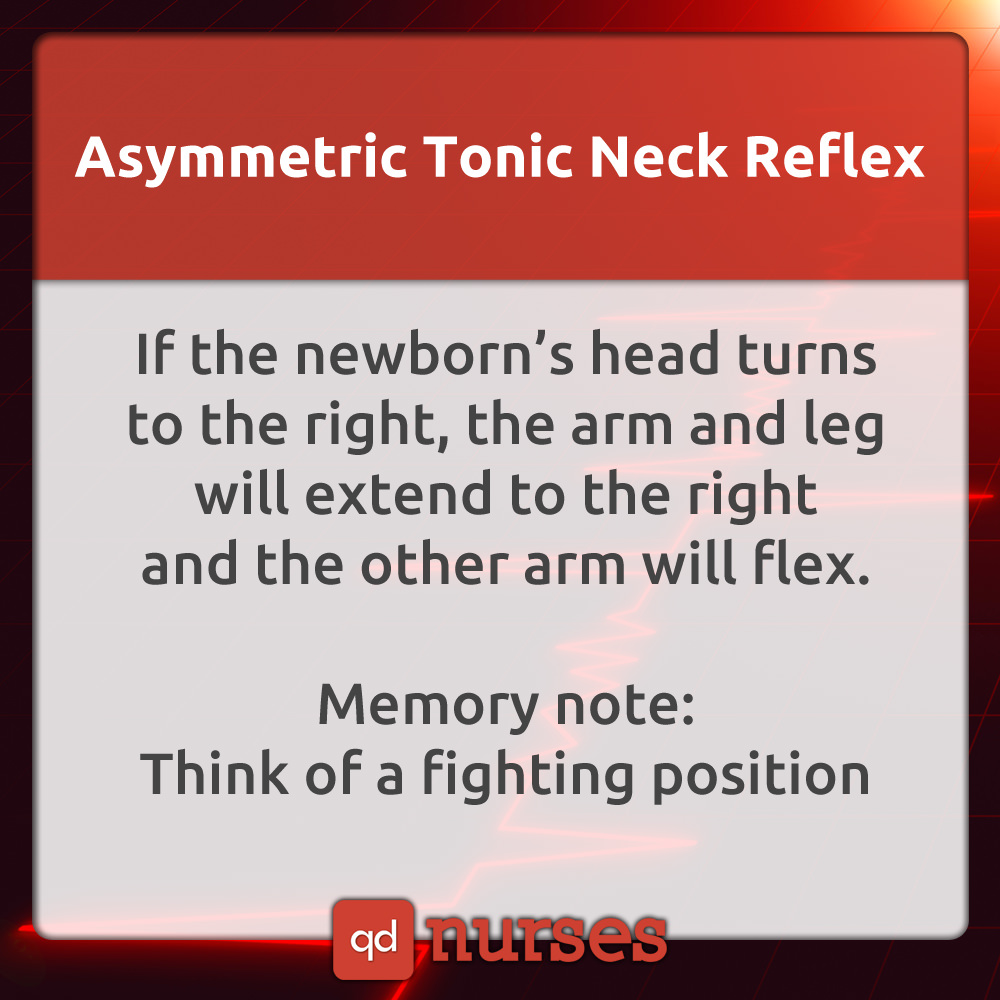
34. Movements of delivery are descent, flexion, internal rotation, extension, external rotation, and expulsion.

35. Moro reflex is when the infant is startled by a loud noise, the legs will flex and the arms and hands will extend.

36. Antibiotics that are contraindicated for the pregnant woman include metronidazole, chloramphenicol, aminoglycosides, and tetracycline.

37. Signs of congestive heart failure in infant is tachycardia. Do not ever pick cough over tachycardia on the exam.
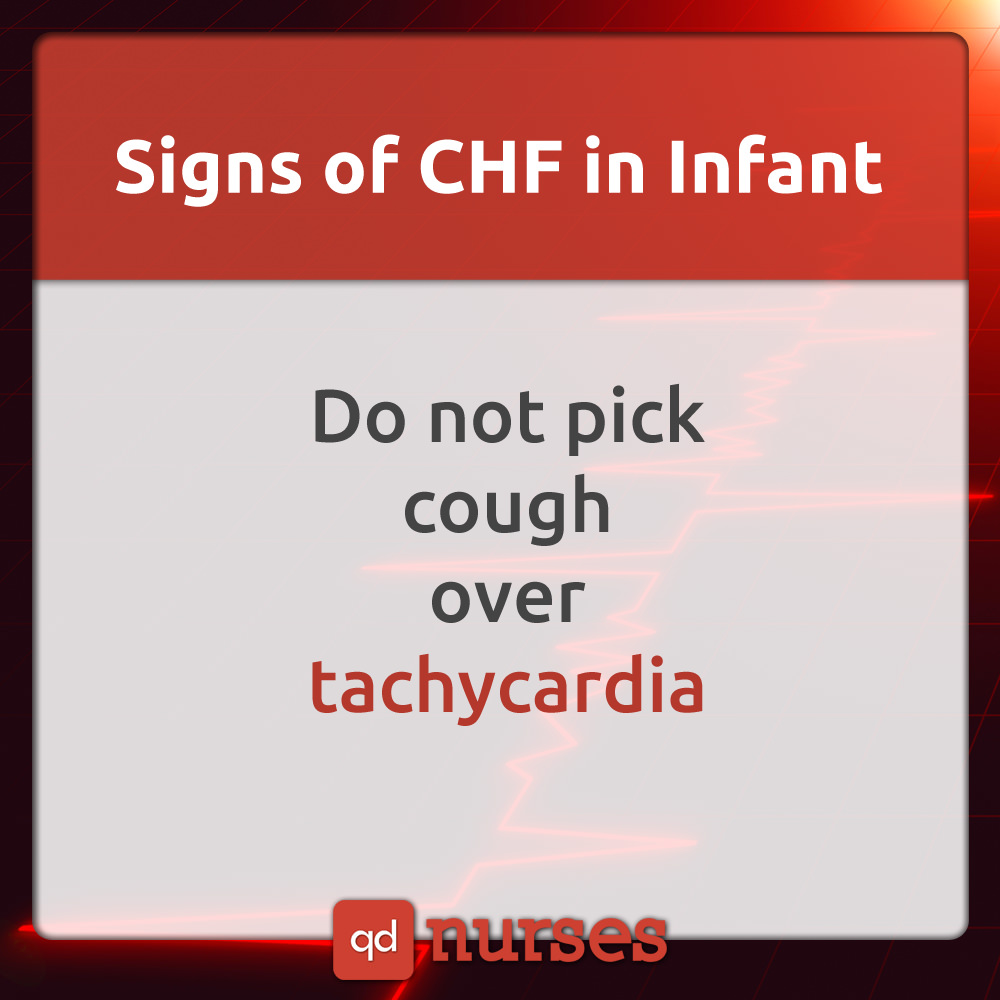
38. Antiemetics that are used for pregnant women are prochlorperazine (Compazine) and trimethobenzamide (Tigan).
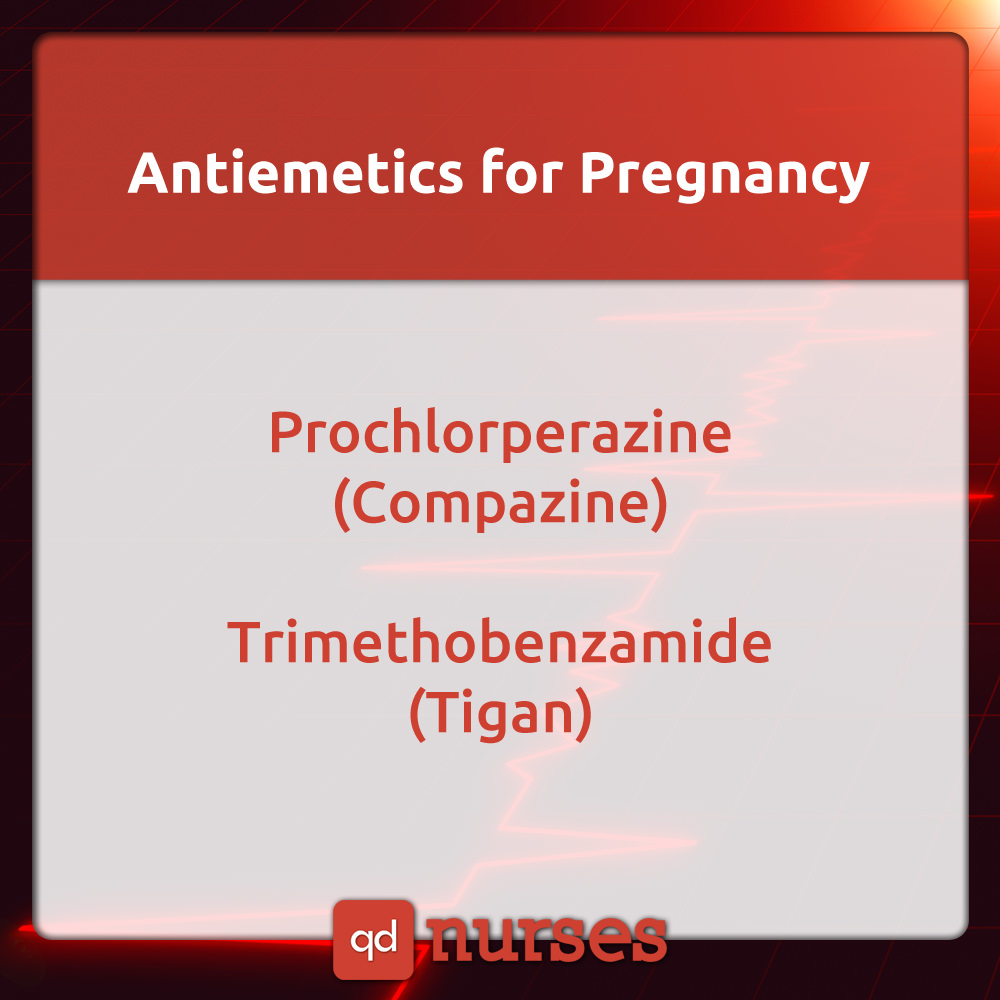
39. Stages of labor:
First stage: Onset of labor to full dilation
Second stage: Cervical dilation to birth
Third stage: Birth to placenta delivery
Fourth stage: Placenta delivery to patient stability
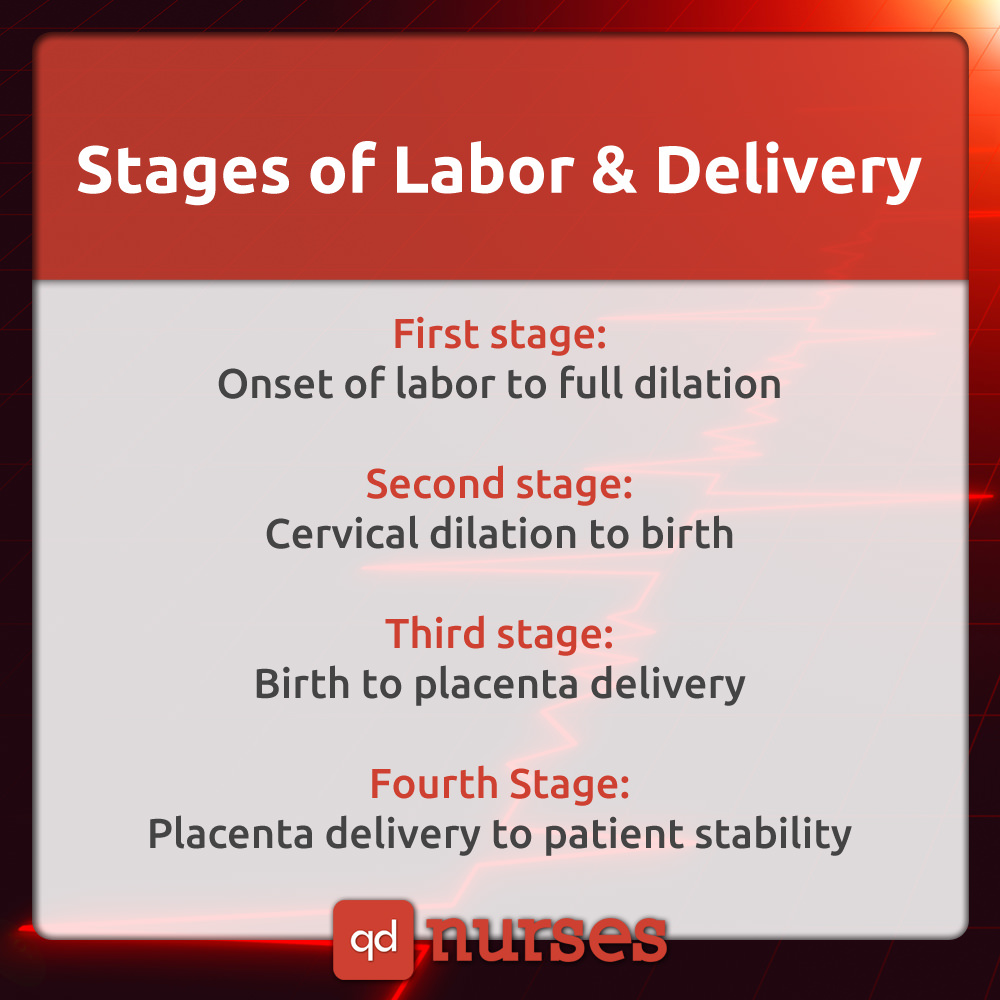
40. Most common cause of post partum hemorrhage is uterine atony.

41. Placenta pre via is painless, bright, and red vaginal bleeding.
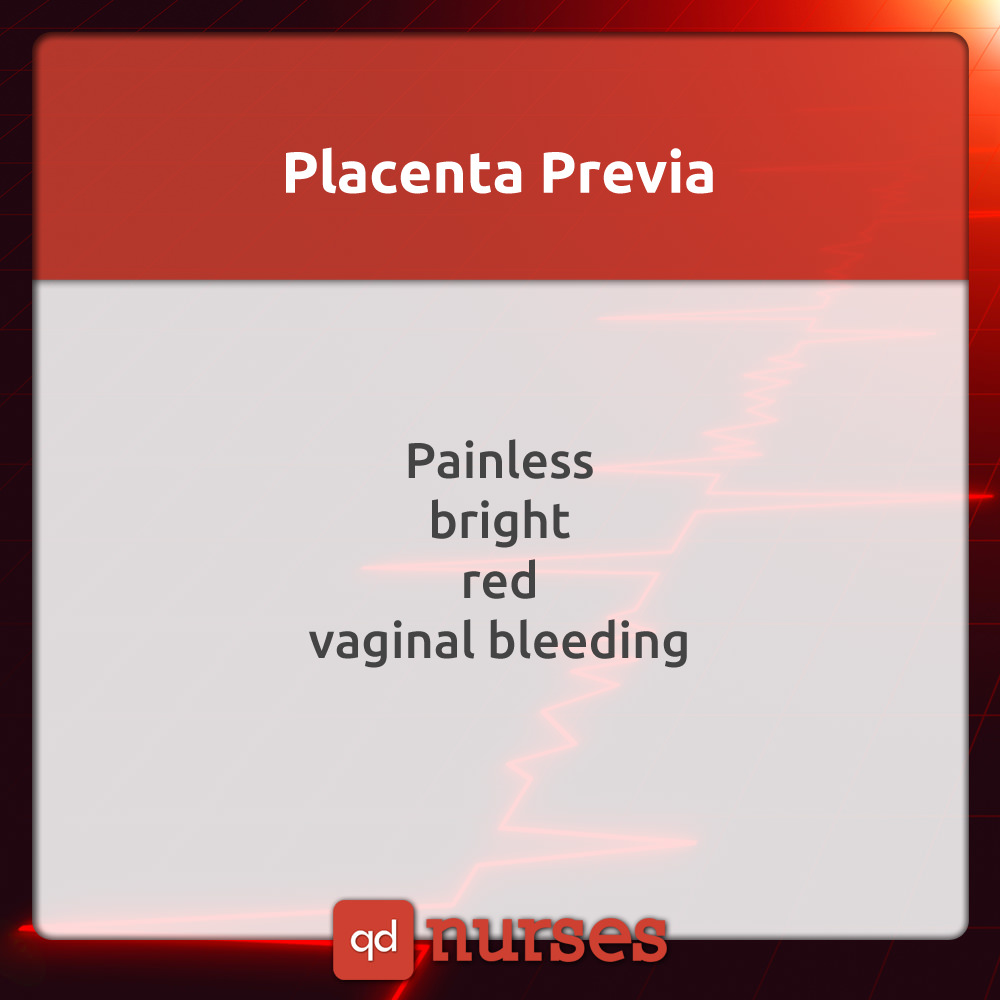
42. Uterine rupture is indicated when there is loss of uterine contour and palpable fetal part.
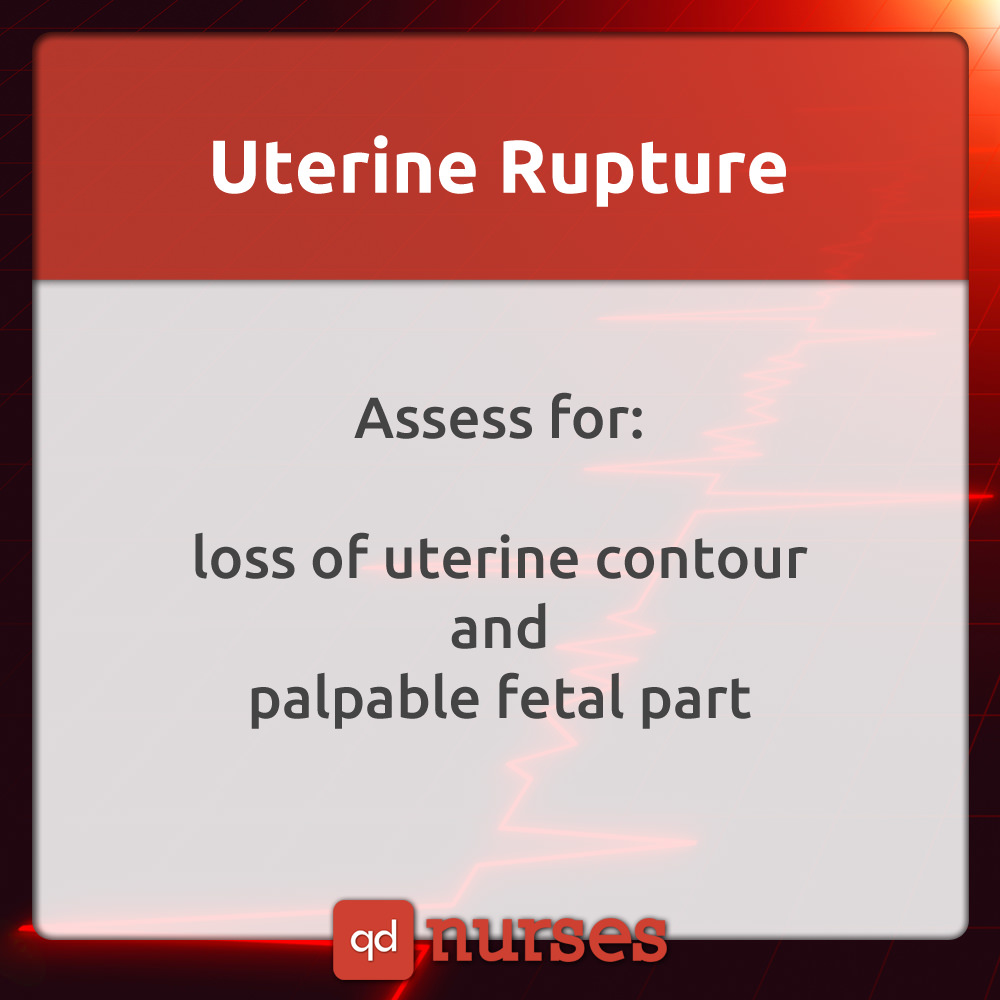
43. The most common IV medication used to treat pregnancy induced hypertension is IV magnesium sulfate.

44. Positive Homan’s sign would indicate that thrombophlebitis or deep venous thrombosis is present in the lower extremities.

45. Biophysical profile is the test on a fetus in the womb that determines the fetal well-being. This includes breathing movements, body movements, tone, amniotic fluid volume, and fetal heart rate activity.
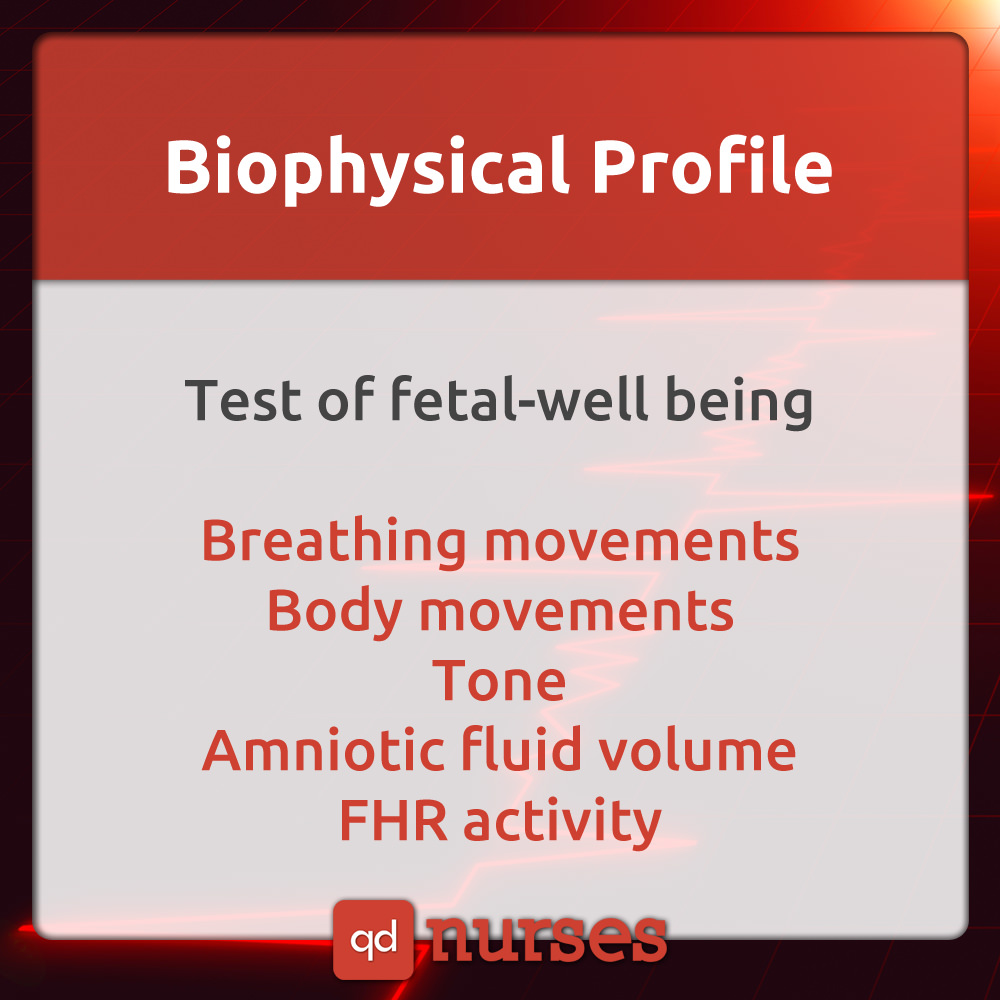
46. Vistaril is used to counteract with the effects of Brethine. Brethine is used as a treatment for preterm labor.

47. Antidote of magnesium sulfate toxicity is calcium gluconate.
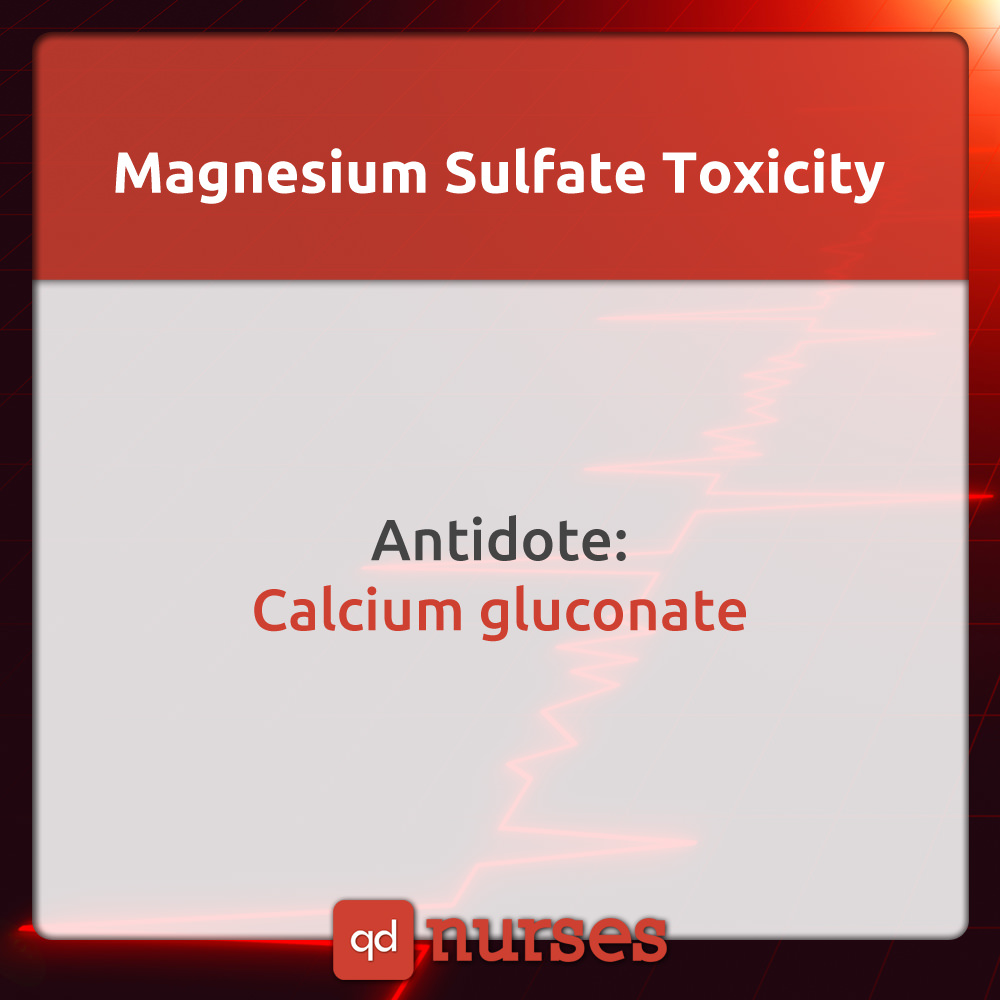
48. If a preterm infant is exposed to too much high oxygen levels, he/she can end up with retrolental fibroplasia.

